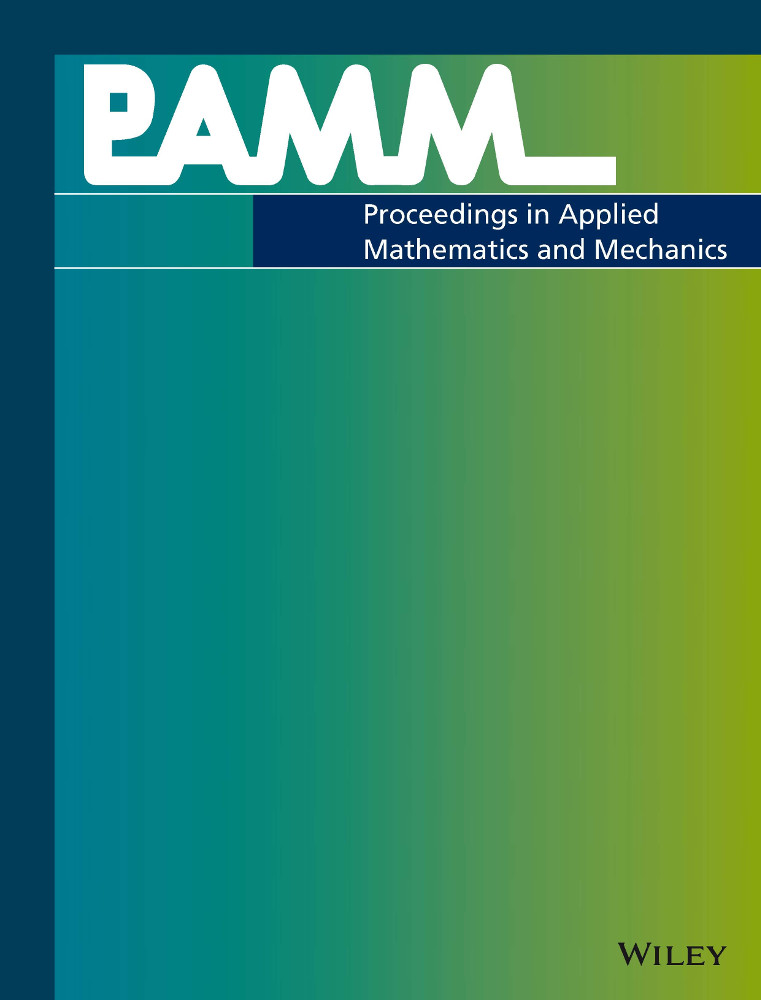Forerunners of the power iteration method in the 16th and 18th centuries
Abstract
The power iteration method for determining eigenvectors is usually credited to Richard von Mises (1883–1953) and Hilda Pollaczek-Geiringer (1893–1973). But their 1929 article was declared a “Zusammenfassender Bericht” (= “Summary report”), not a research paper. It is therefore not surprising that this method or a least its basic ideas can already be found in several publications from mechanics, applied and even pure mathematics since the last decades of the 19th century.
Special cases of the power iteration method are documented in even older texts. The first example is the algorithm that the constructor of astronomical clocks and globes Jost Bürgi (1552–1632) invented in the 1580ies for the approximation of values of the sine function. In the second text, of 1747, the organist, composer and music theorist Christoph Gottlieb Schröter (1699–1782) gave simultaneous approximations for the first 12 natural powers of the 12th root of 2 in order to divide a monochord according to the equal temperament scale.




